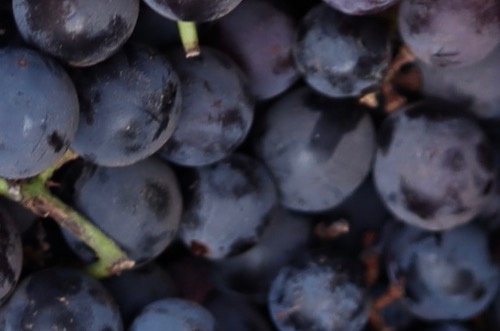Peru will Become the Main Global Exporter of Grapes in the 2022/23 Campaign

In the 2021/22 campaign, Peru was the main world exporter of table grapes in terms of value, with USD 1.5 billion. However, Chile remained the largest exporter of grapes by volume, with 588.6 million mt shipped against 544.3 million mt shipped from Peru. Logistical impediments, such as port delays, high freight rates, and slow customs clearance, affected both countries in their export supply chain for the entire duration of the campaign.
For the 2022/2023 campaign, Peru will be the leading global exporter in volume and value, surpassing Chile, which enjoyed this position for many years. According to the National Agricultural Health Service (SENASA), Peru is projected to exceed the exports of 600 million mt of grapes during the 2022/23 campaign. In fact, the recent projection of the Association of Table Grape Producers of Peru (Provid) says that the country will likely export 71.5 million boxes of table grapes in the current campaign, which is close to 610 million mt, what would be a 12% YoY increase.
In the first month of the campaign, which started in October, Peru increased its exported table grape volume by 30% YoY to 4.52 million mt compared to the 3.5 million mt shipped in October 2021. Therefore, the October increase is a confirmation that the previous estimations will be met and likely surpassed. In fact, if the volume estimated is correct, Peru would likely exceed US 2 billion in exports of fresh grapes.
Other significant events have strengthened the trend of Peru’s leadership as a global grape supplier. According to Katsuhito Inakubo, Trade Manager at Tridge, the Chilean table grape crop for the 2022-2023 season forecasts a 7.7% drop from the last season. Volume limitations in new varieties, particularly in young crops, influence the reduction in supply. “In Chile, there is a tendency for inconsistent quality, taste, or flavor during the initial years of commercial production of new grape crops. Due to these conditions, the new variety cultivations are still in the process of reaching their peak commercial use, making the industry continue to rely on well-known and established varieties for overall production”, he reported.
Another relevant factor that has supported Peru’s estimated growth is the claim from Peru’s export associations about improved maritime logistics. According to Waysem Li, Tridge’s Origination Manager in Peru, the Peruvian mango and grape association has reassured producers and exporters to have improved logistics for the current export season. “With the grape and mango seasons starting soon, Peruvian shipping lines, freight forwarders, and logistic agents reassure producers and exporters that last year's issues like container shortages and delays will not affect the industry this year. However, exporters still do not trust the logistic issues will be fully solved this season and are afraid of facing long transit times”, he expressed.
Additionally, a few weeks after the start of the campaign, Peru plans to authorize 104 packing plants and certify more than 23 hectares of vines located in the regions of Ica, Piura, Lambayeque, La Libertad, Arequipa, and Ancash. The authorization and certification of more export facilities will grant Peru the capacity to ship larger quantities of fresh grape boxes within the peak export season.





